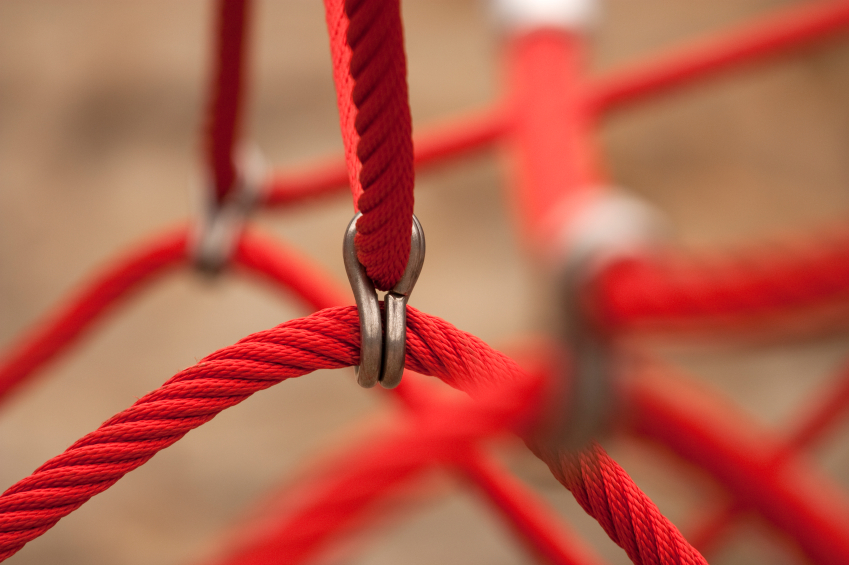From garden clippings to dirt bikes, whatever you’re hauling on your trailer, it must be secured. What’s the best way to secure trailers and avoid causing damage to your goods or harm to others while on the road?
Rope, chains or straps?
Generally, webbing straps are more effective than ropes and easier to secure. Some types of rope tend to slip and their strength often lies in your ability to tie knots.
If you’re using rope on trailers, tie at least a double half-hitch knot. Other good, secure knots are the bowline or alpine butterfly. Reef knots can release under pressure.
Straps offer a number of advantages over rope. They’re readily available, low cost and require little skill to use. Cam straps have a knurled, spring-loaded cam, which prevents the strap from slipping after you pull it tight. Ratchet straps are similar but the ratchet makes it easier to tension the strap. Always check they’re marked with a load rating appropriate for your needs.
Cargo nets are great for light articles on a secure trailer, while the only time you’d need chains might be for hauling a boat, bike or car.
Different modes for different loads
- Tall furniture or white goods (such as fridges) should be restrained to headboards, so they don’t tip when you brake or turn. Fill spaces between items, so they don’t move and tie the lot down well.
- Cover garden refuse with a tarpaulin or netting and secure it to the sides, so nothing can fly out in transit.
- Transport loose, smaller tools in restrained boxes. Larger tools or items, such as shovels, rakes or pipes should be tied to the trailer.
- Motorbikes are heavy and unstable, so use a good, strong trailer with wheel channels or chocks and somewhere to attach straps. Lock the front wheel in then strap the bike down in a crisscross pattern ensuring it cannot move in any direction.
Securing your load safely
- Check the towing vehicle is rated for the load (if you’re not sure, check the vehicle’s handbook).
- Make sure the trailer is in good condition, roadworthy and rated for the weight it will carry.
- Check the restraints aren’t frayed or damaged.
- Distribute the load across the trailer.
- Remember that cargo might shift in transit, so keep an eye on the load and test the restraints after a few kilometres.
- Make sure that the load doesn’t cover the number plates, lights and reflectors.
- If the load juts out past the sides or back of the trailer, attach a flag, light or reflectors to the end of the load.
- Drive to the conditions, remembering that your vehicle is less maneuverable. Avoid sudden braking or acceleration and take corners gently.
In most states it is an offence to drive with a load unsecured or over-hanging in a way that can cause injury. If anything you’re towing falls on to the road, it is your responsibility to remove it quickly and safely.
How do you know if the load is too heavy for your trailer and whether you are running outside the legal requirements? We explain the terminology and the regulations here.





